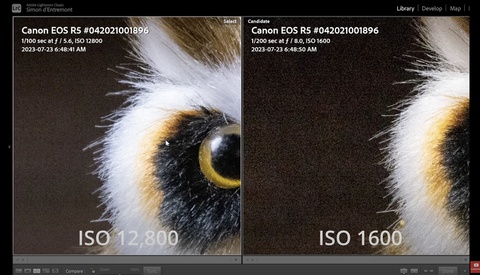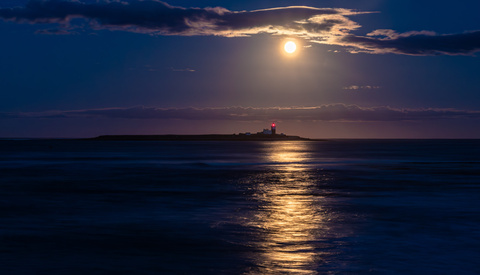Why You Shouldn’t Always Default to ISO 100
One of the first lessons we learn in photography is to always try to shoot at the lowest ISO possible. In theory, this produces the cleanest images with the least amount of noise and gives us the most room to work with in post-processing, provided you expose the shot correctly. However, shooting at lower ISOs can cause more harm than good, especially when lighting starts to get tricky.





























